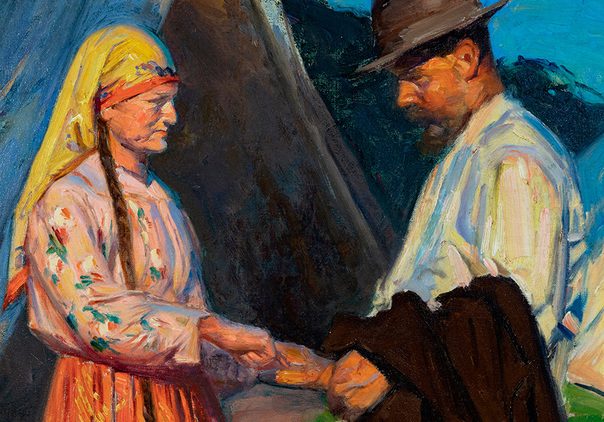El pueblo gitano, más allá del estereotipo. José Mongrell y Joaquín Sorolla.
La fascinación de los artistas con la vida errante del pueblo gitano viene de antiguo, pero fue sobre todo desde época romántica cuando esa atracción trascendió la mera búsqueda de temas pintorescos o exóticos. La imagen que el artista romántico empezó a granjearse de sí mismo (y que se intensificaría con los pintores de las primeras vanguardias) encontró en la figura del gitano un modelo con el que ilustrar suapuesta por la bohemia y su compromiso antiburgués.
0

